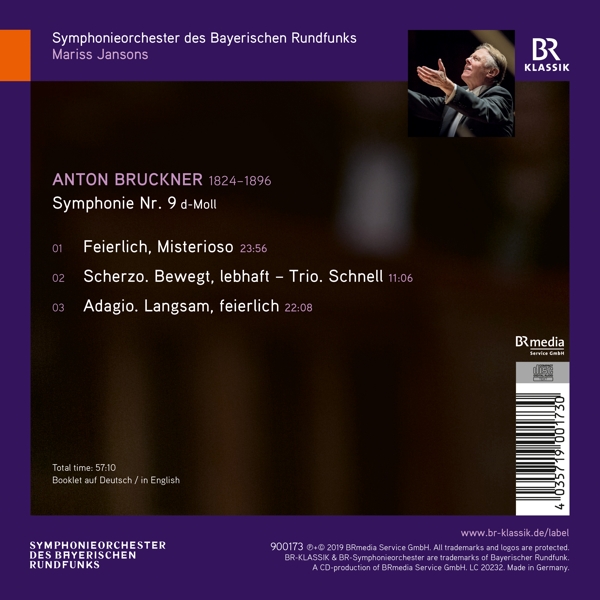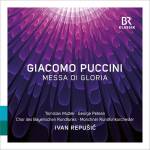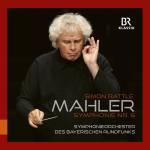| Details / Tracklist: |
Sinfonie Nr. 9 d-moll "Dem lieben Gott" 01. "1. Feierlich, misterioso" 01. "1. Feierlich, misterioso" 02. "2. Scherzo: Bewegt, lebhaft - Trio: schnell" 02. "2. Scherzo: Bewegt, lebhaft - Trio: schnell" 03. "3. Adagio: langsam, feierlich" 03. "3. Adagio: langsam, feierlich"
|
 |
| Number of discs: |
1 |
 |
| Extra-Infos: |
S.o. Des Bayerischen Rundfunks/ Jansons |
 |
| Description: | The Münchner Philharmoniker have arguably given more performances of Anton Brucknerâ??s music than any other orchestra. A great number of Bruckner recordings led by the many legendary conductors that have worked for and with the Münchner Philharmoniker are stored in the historical archive of the MPHIL Label including magnificent pieces with Sergiu Celibidache, Christian Thielemann, Rudolf Kempe, Günter Wand and Oswald Kabasta.
Having started in September 2017 at the Monastery of St. Florian, a setting with unique historical significance in this context, the Münchner Philharmoniker and Valery Gergiev present a most spectacular cycle of Anton Brucknerâ??s symphonies. All performances take place at the Monastery of St. Florian near Linz, a venue inextricably linked to the composer and his final resting place. The cycle was continued this past September 2018 and shall be completed in September 2019. All symphony recordings will be made available on the orchestraâ??s very own label MPHIL by 2020/2021. - S.O. DES BAYERISCHEN RUNDFUNKS/JANSONS"It seems that the Ninth is a limit. He who wants to go beyond it must pass away. [...] Those who have written a Ninth stood too close to the hereafter." Arnold Schoenberg wrote those words in reference to Gustav Mahler, who had just died without ever having heard his own Ninth Symphony performed. Bruckner was apparently afraid of the fatal number as well: "I don't want to start on my Ninth at all, I don't dare". However, very soon after the completion of his Eighth Symphony in September 1887, Bruckner started on his first drafts. Overall, work on the Ninth then dragged on over the long period from 1887 to 1896, having to be constantly interrupted because of the composer's deteriorating health. Bruckner finally died while working on the fourth movement - and his masterpiece dedicated to "the beloved God" remained unfinished. Even without a finale, the three-movement torso that survives is, of course, extremely impressive. The completed movements were first performed in Vienna on February 11, 1903, in an unusual personal version by the conductor Ferdinand Löwe. The actual first performance of the original score with it's three movements only took place on April 2, 1932 in Munich. Ever since, Bruckner's Ninth has been an essential part of the Late Romantic symphonic repertoire - above all in it's original version. In January 2014, Mariss Jansons and the Symphonieorchester des Bayerischen Rundfunks presented the original version of the three completed movements to the public in Munich at the Philharmonie in Gasteig. In it's current position, the slow movement cuts a fine figure and helps the symphony reach a dignified conclusion. What could be more appealing than this swan song, swaying as it does between suffering and promise before fading away into a vision of peace and serenity? |
 |
| Manufacturer No.: |
900173 |
 |
Product Safety
Responsible Person for the EU:
BRmedia GmbH
Hopfenstr. 4, 80335 München, DE
info@br-media.de |
 |


























![Mariss Jansons / Chor & BRSO - Mariss Jansons-The Edition [DE-Version, Regio 2/B]](https://img.grooves.land/images/cover/200/900/c7hau962.j11)

